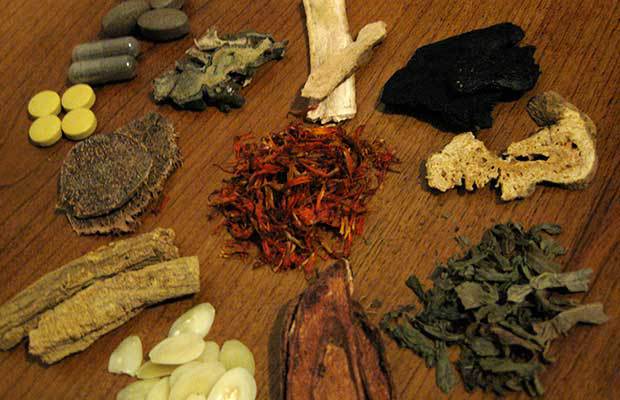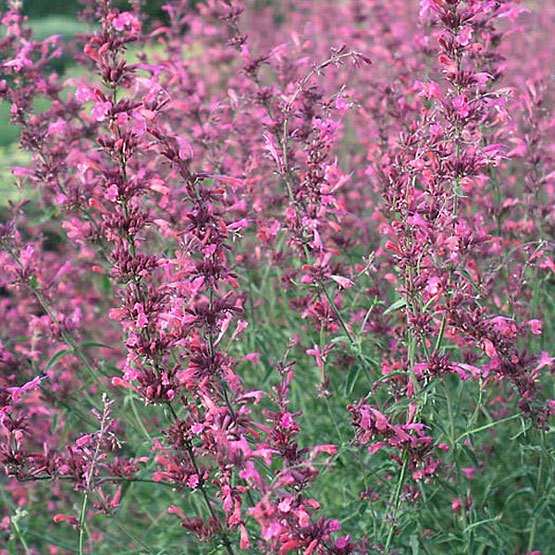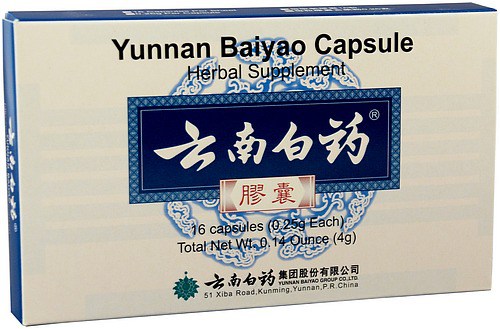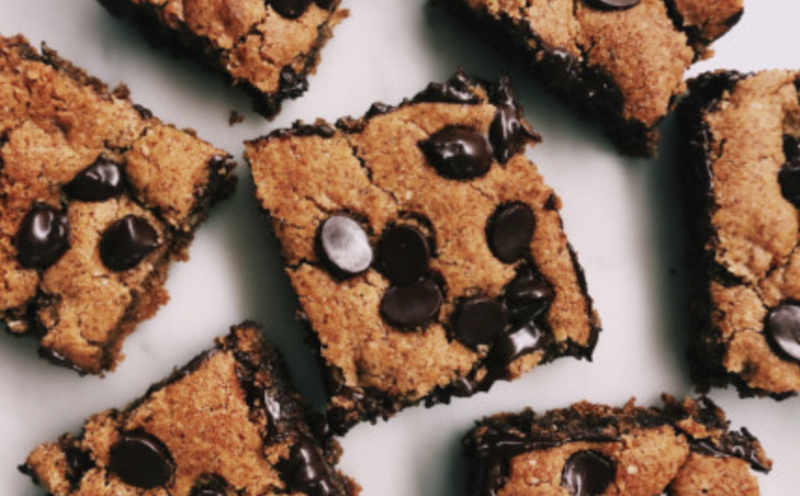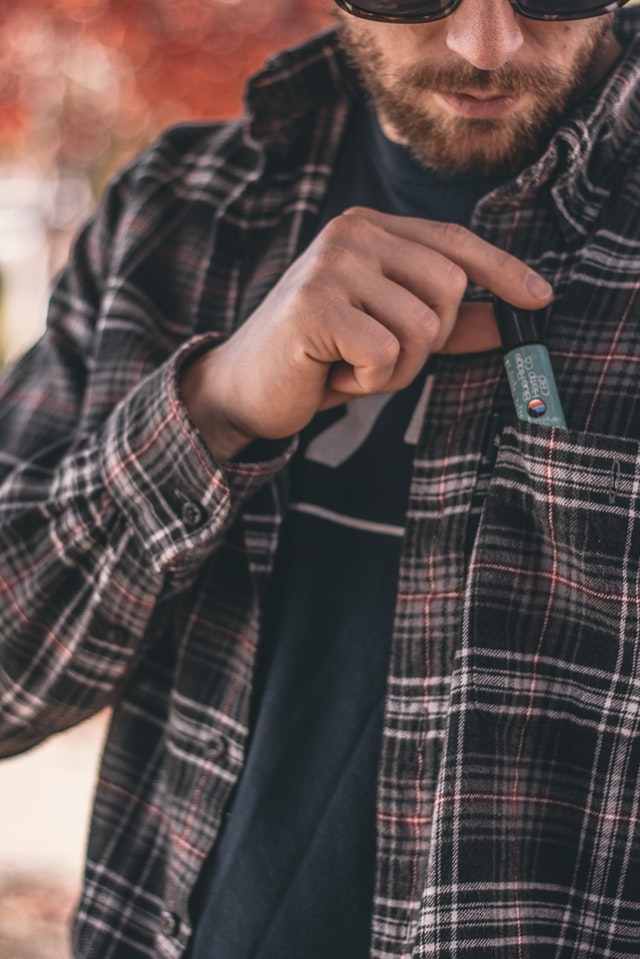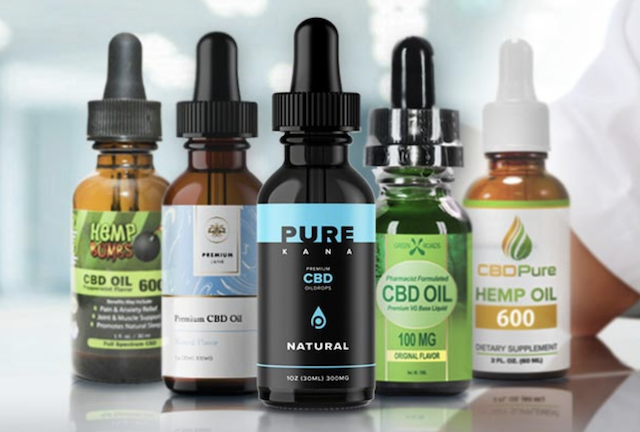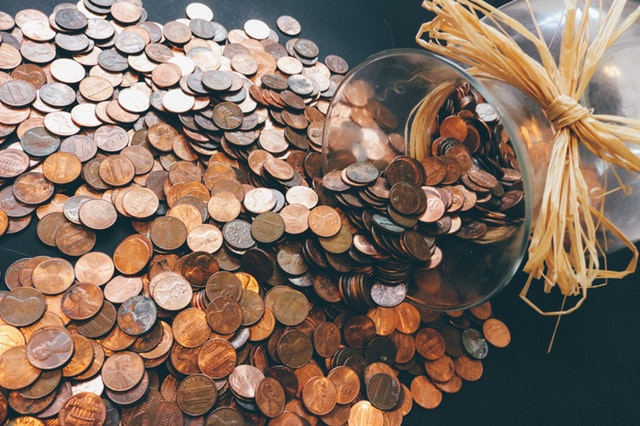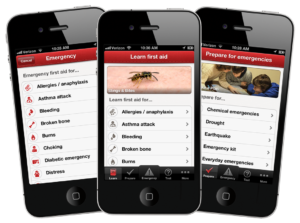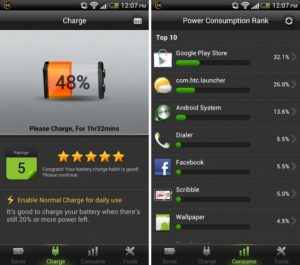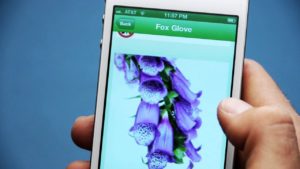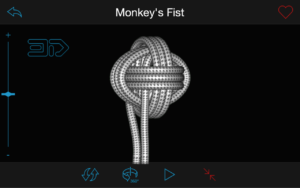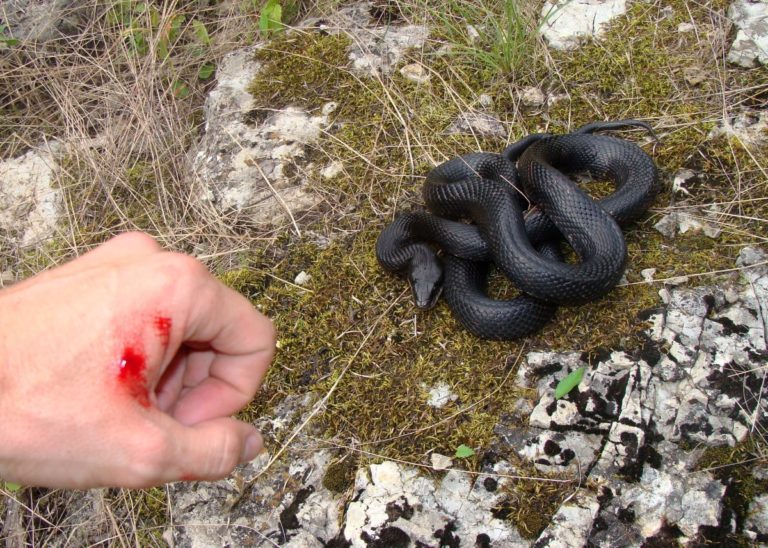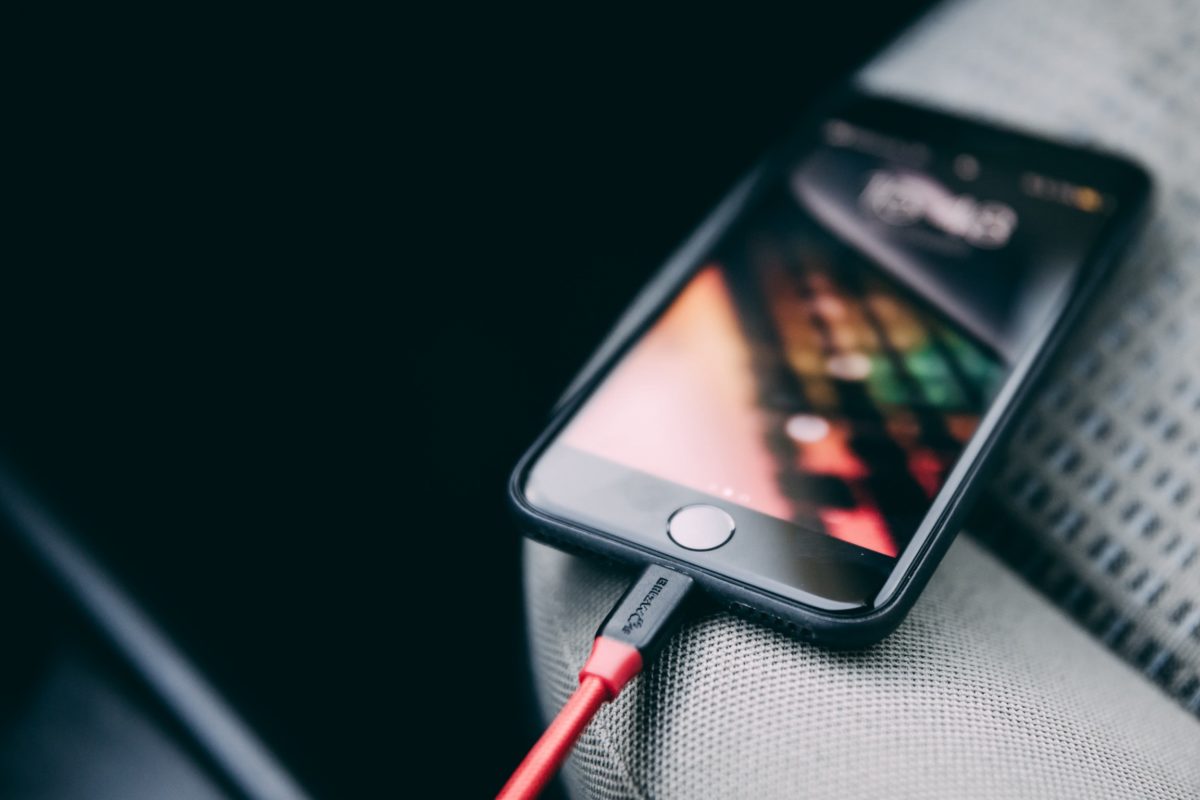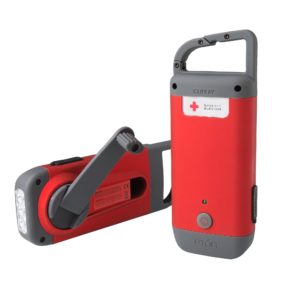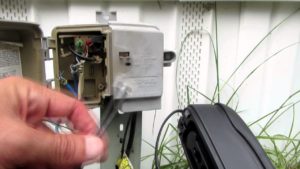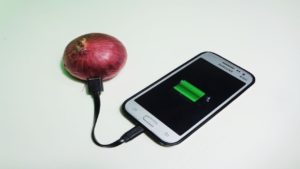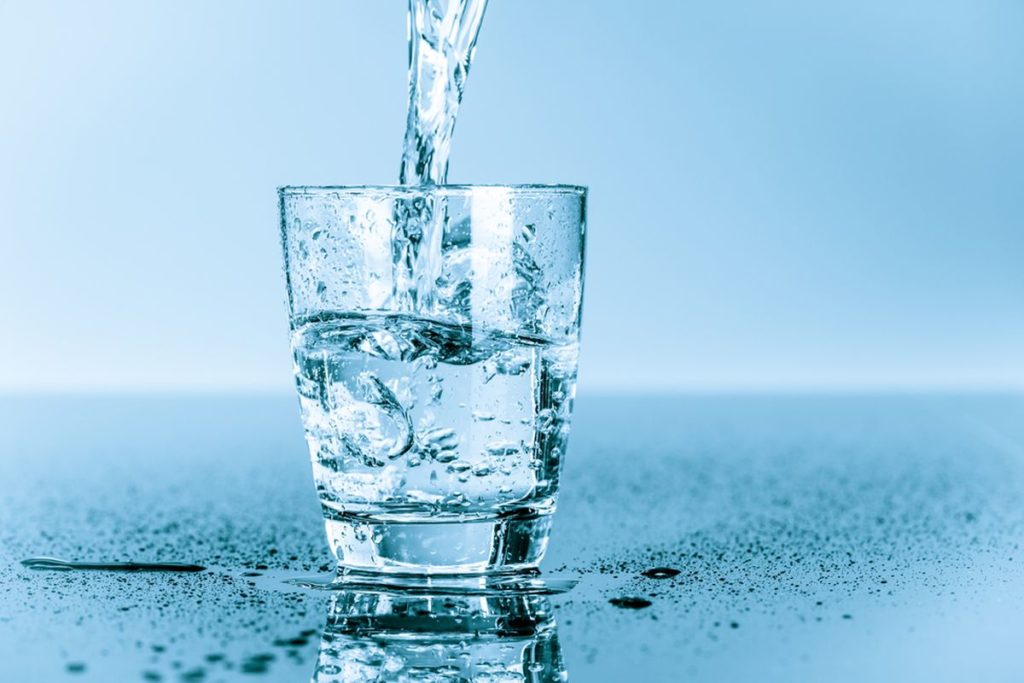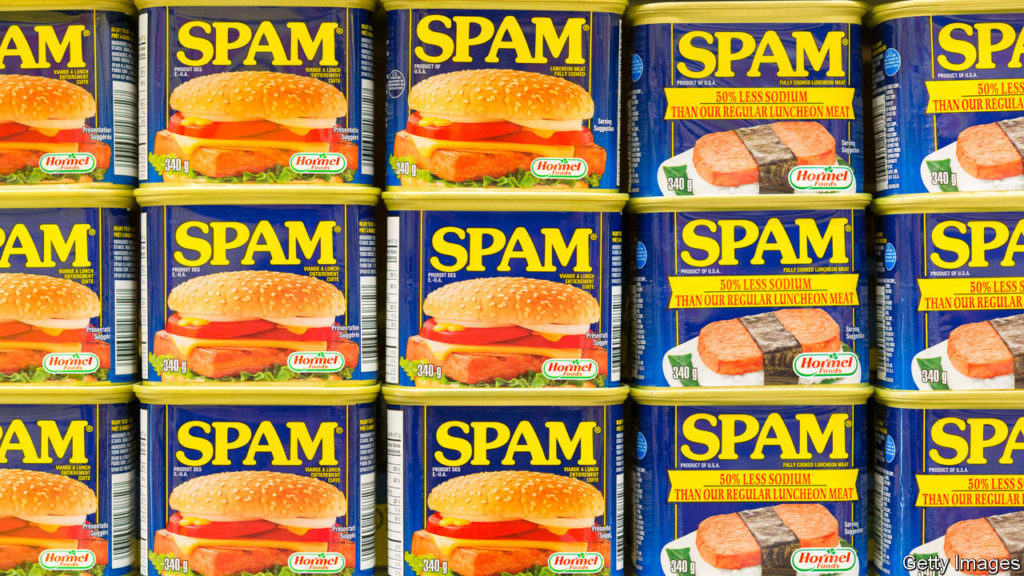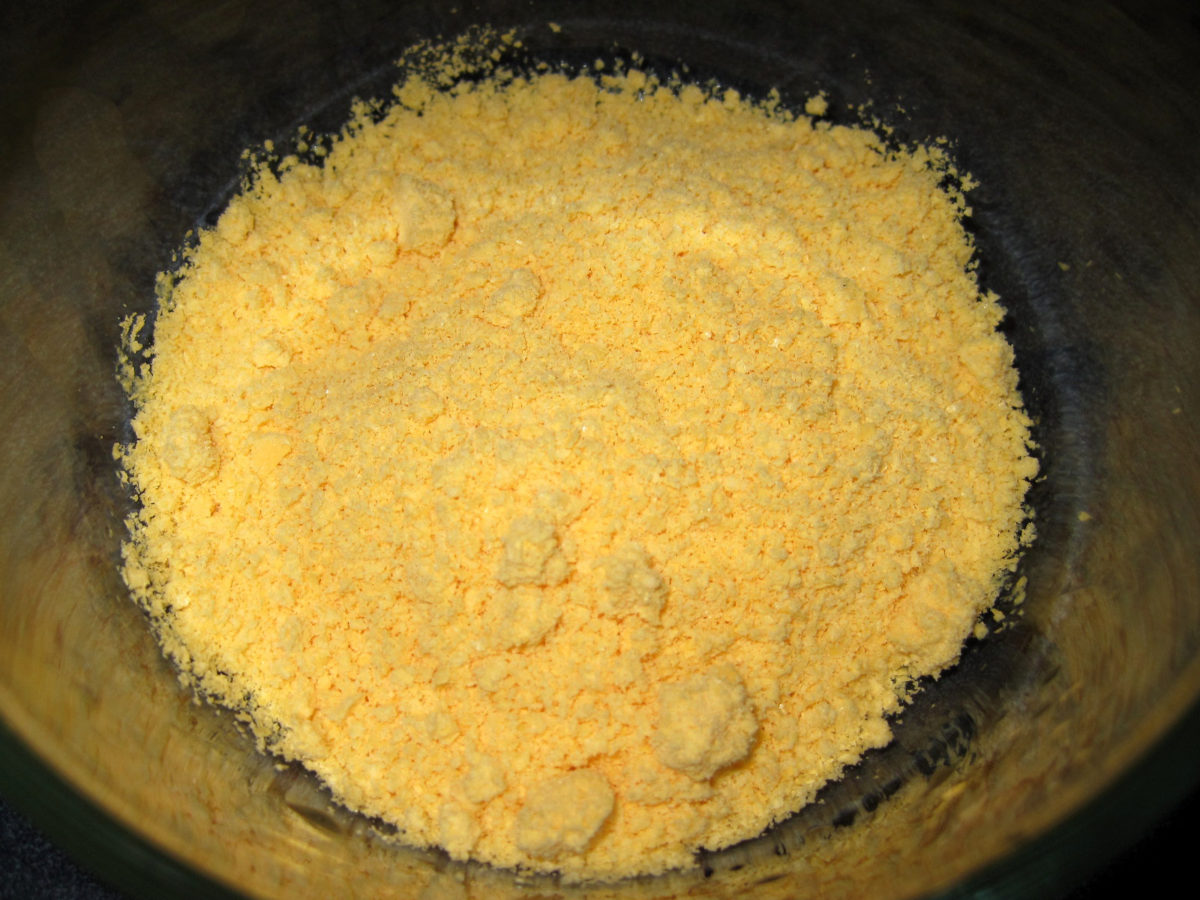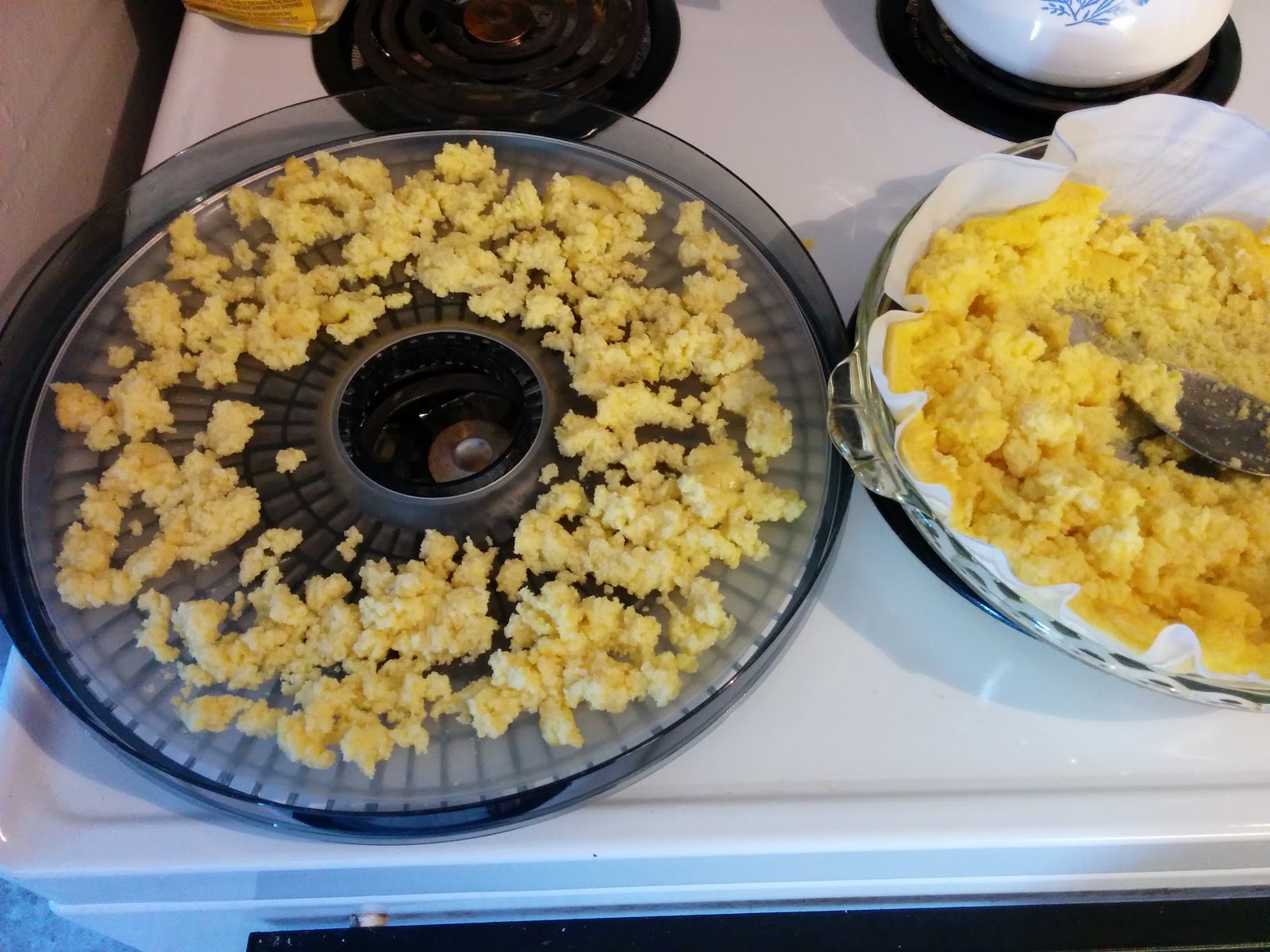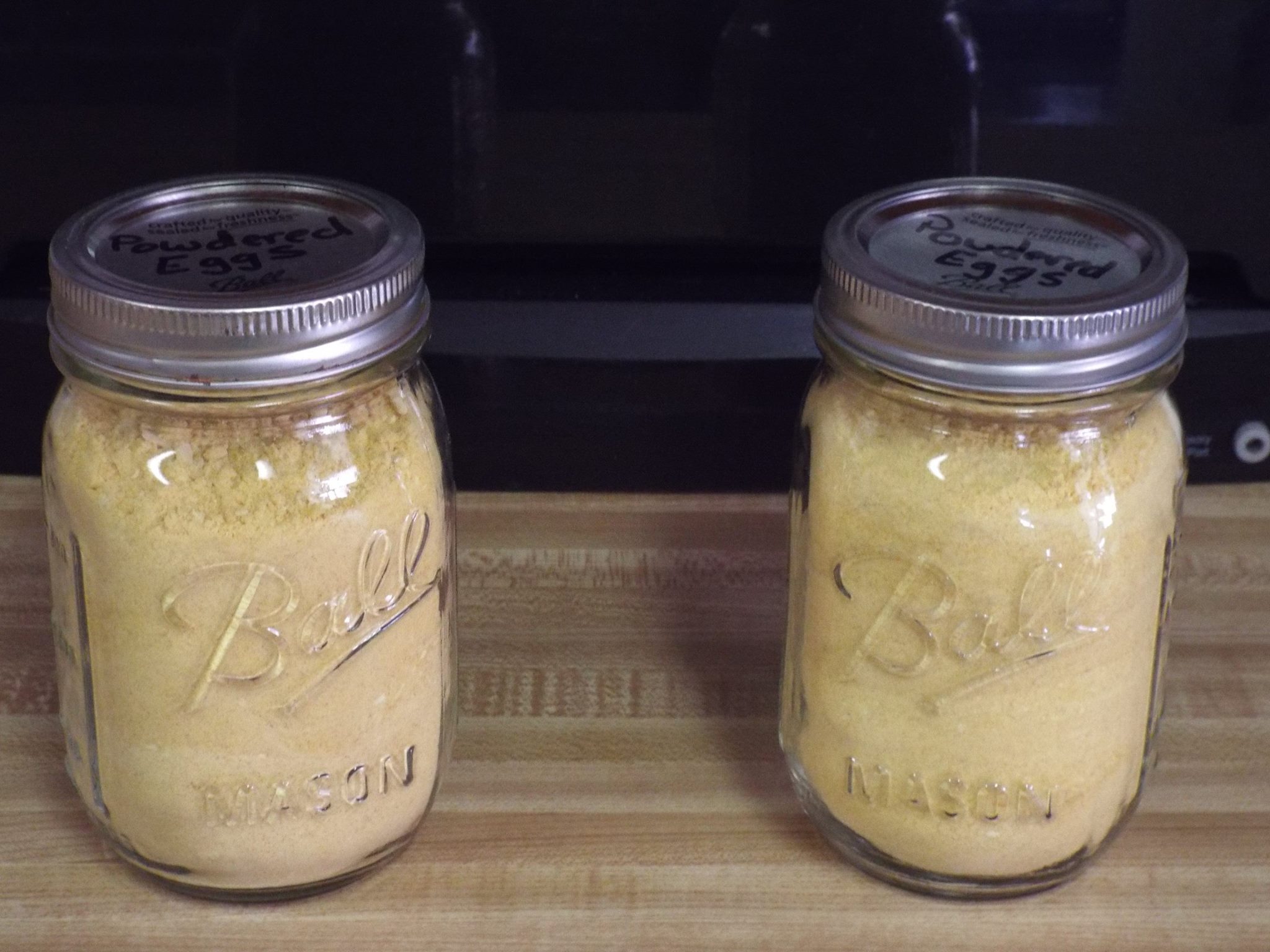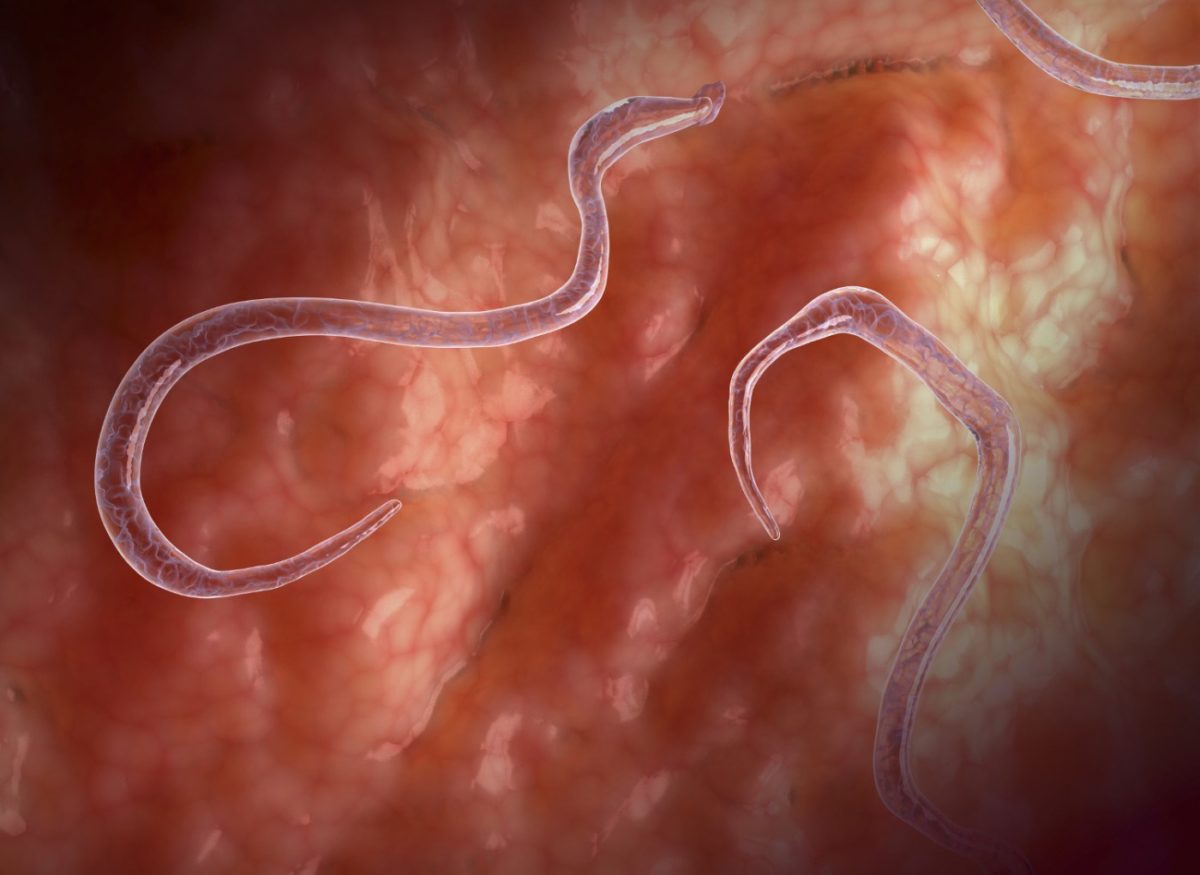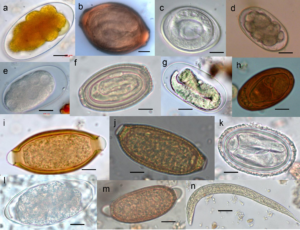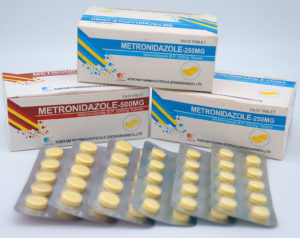Since we don’t usually deal with this kind of themes for our articles, we had to call out our guest contributors. So is the case with today’s article, courtesy of Premium Jane. This is part of our Weed Week saga into the various uses of pot. And its pot friend – hemp. So, anyone has a lighter?
Without trying to sound too corny or cliche, we are lucky to live in a time where hemp is legal. Hemp used to suffer from an unfortunate case of “mistaken identity” where it was lumped in with marijuana, making it completely illegal to grow throughout the United States. Hemp products could still be imported from other countries for certain uses, but for all intents and purposes, it could not be grown in the US.
Nowadays, hemp has been removed from its position as a Schedule 1 controlled substance and can be grown throughout the country (with the proper licensing) under the newly updated U.S. Farm Bill. This is great news as it will surely increase the availability of domestic hemp, as well as remove some of the negative stigma that was traditionally attached to the plant.
But now that hemp is legal to grow, what can we actually do with it? It turns out that the possibilities are truly endless; hemp is an extremely versatile plant that has a lot to offer, so let’s check out the top 10 uses for hemp and how they can be practically applied right here in the USA.
WHAT CAN HEMP BE USED FOR?
In a historical sense, hemp used to be described as the “billion dollar crop,” with Popular Mechanics magazine claiming way back in 1938 that it could be used to “…produce more than 25,000 products, ranging from dynamite to Cellophane.”
Furthermore, in a Perdue University article titled “Hemp: A New Crop with New Uses for North America,” researchers cited some of the most promising products that hemp could be used for, with things like cigarette paper, bank notes, hygiene products, construction and insulation materials, and automobile composites (door panels, etc) ranking in as the most practical.
While we’re not quite going to list all of the 25,000+ things that hemp can be used for, here are ten very practical things that we can use it for today:
1 | HEMP AS AN ALTERNATIVE TO PLASTIC
It’s obvious that we use way too much plastic, and we should definitely be turning away from it. From using reusable grocery bags to investing in a portable metal straw, there are plenty of ways we can cut down on plastic use. One of these ways is hemp.
Some of the earliest plastics were made from non-petroleum-based sources, including hemp. Since hemp contains around 65-70% cellulose, it is a great source for making plastic. Hemp-based plastic is certainly a possibility, and composite bioplastics – that is, those made using a combination of hemp and other plants – are already entering use. They are incredibly strong and rigid, meaning they can be used in anything right up to building ships and cars.
If this is the case, then why aren’t we converting all our plastic items to hemp plastics? Unfortunately, the amount of hemp farming that would need to take place to support the earth’s plastic needs would harm the environment by destroying natural habitats.
But it’s not all pessimistic.
In the future, turning even partially to hemp plastics will make a difference. Hopefully, governments and manufacturers will see the use in using more and more bioplastic alternatives.
2 | HEMP AS A TEXTILE (USED TO MAKE FABRICS)
Hemp textiles have long been a in usage. Nowadays, hemp fabrics are less common than things like cotton – but this makes no sense!
Hemp fabric is just as soft as cotton, perhaps even softer. In fact, it is reported to become even softer over time. It’s naturally resistant to bacteria (gets rid of BO!), and it can provide protection against UV rays. It even retains colour better than other fabrics.
Another bonus is that hemp requires about 5% of the water used to grow cotton. Often, it can just be rain-fed. Plus, it grows so densely that it saves room, and its hardiness reduces the need for pesticides and insecticides, as well as fertilizers.
The list goes on and on as to why hemp beats out cotton and other fabrics. Why it’s not in wider usage, we just don’t know.
3 | HEMP AS AN ALTERNATIVE TO PAPER
Once again, the fibers of the hemp plant come in handy. Paper can be made from either the long bast fiber (hurd) or the short bast fiber (pulp). Hemp hurds are preferred for their strength, whereas pulp paper is easier to make.
Believe it or not, the first hemp paper was made in China, during the Western Han Dynasty in 200-150 BC. It has been used for centuries since. In fact, the first and second drafts of the US Declaration of Independence were written on Dutch hemp paper in 1776.
Unfortunately, hemp paper was all but abandoned in the 1930s, when cannabis was outlawed. With hemp sadly falling under the cannabis categorization, it too became illegal. Initially, the cannabis prohibition movement was centered around immigration, with Mexican immigrants stereotyped for using the drug. However, large synthetic textiles companies began to back the movement, too – we can’t help but wonder if they had hidden agendas regarding getting rid of hemp.
But it’s not too late. Just 1 acre of hemp could produce as much paper as 4-10 acres of trees over a 20-year cycle. This is because hemp grows so much faster than trees, as well as the higher concentration of cellulose. Furthermore, hemp paper is more durable; it does not yellow or deteriorate.
Switching to hemp paper could help in the deforestation crisis. If you can, then try getting your hands on hemp paper where possible – it’s a huge benefit to the environment.
4 | HEMP MILK!
Veganism is a popular movement nowadays, with many people citing their personal health and the impact that animal farming has on the environment as reasons for turning to the diet. For people who haven’t always been vegans, it can be hard to find enjoyable foods at first. You might find yourself missing certain foods.
If milk is something you miss – or even if you like to whip up a yummy latte – then you’re in luck. There are plenty of plant-based milk, common ones including almond milk and soy. Did you know that you can also make milk from hemp seeds?
Hemp milk is made by blending water with the seeds of the hemp plant and straining the mixture, similar to how nut milks are made. It has an earthy, nutty flavor and is surprisingly creamy in its consistency. You can buy sweetened or unsweetened varieties.
Plus, hemp milk is really nutritious. It is filled with more protein and healthy fats than almond milk, and is less calorific than cow’s milk. Hemp milk also contains calcium and iron.
It has a number of other health benefits that make it a wonderful plant-based alternative to cow’s milk, too.
5 | COOKING WITH HEMP SEED OIL
Hemp seed oil is made by cold pressing the seeds of the hemp plant to produce an oil. It has a translucent green color when unrefined.
Hemp oil has a fuller flavor than some other oils like vegetable oil. It tastes more nutty and earthy, which is why it is often used as a salad dressing or drizzled over bread. Because of its unique flavor, hemp oil should not be used in sweet dishes where the more bitter taste of it might become overpowering. However, it can still be used in plenty of dishes.
If you want to cook with hemp oil, it can be really good for you. It contains plenty of nutrients that are great for your health, including proteins and essential fatty acids. However, remember that hemp oil has a low smoke point and thus cannot be used in cooking in the same way olive oil is. You can warm it up a little, but too much heat will burn the oil and change the flavor.
6 | USING HEMP FOR PLANT-BASED PROTEIN INTAKE
Like we said, veganism is becoming increasingly popular. Often, new vegans struggle to find sources of plant-based protein, but hemp could come to the rescue here.
Hemp is now a popular supplement used in creating plant-based protein powders, used by athletes and dieticians alike. Hemp protein powder is made by grinding pressed hemp seeds down into a powder. It is earthy and nutty in flavor, just like the hemp seed oil.
One of the best things about hemp protein is that it’s considered a complete protein. This means that it contains all nine essential amino acids, similar to egg whites and soy. Complete protein sources are rare in plants, which is part of what makes hemp a superfood.
Just ¼ cup (30g) of hemp protein can contain around 15mg of protein.
Moreover, 91-98% of the protein in hemp powders is easily digestible. This is not the case with a lot of plant proteins, which is why hemp could make a great addition to a plant-based diet.
7 | USING HEMP TO UP YOUR BEAUTY REGIME
Hemp is actually one of the latest trends in the beauty world. It is part of the eco-friendly beauty movement; since hemp is four times more effective at capturing CO2 than trees and it is a zero-waste crop, hemp can go into creating guilt-free beauty serums.
The natural fatty acids provide a wonderful skincare ingredient that can help keep your skin healthy. Furthermore, hemp products can hydrate, moisturize, and reduce swelling.
If you’re into environmentally friendly beauty, then you should really be checking out hemp products.
8 | HEMP FOR CLEAN SOIL
Did you know that hemp can clean toxic soil? This hardy plant can survive in extreme conditions, even growing in areas where the soil is considered to be toxic.
Back in 2001, it was shown in a study that hemp could extract lead, cadmium and nickel from a plot of land contaminated by sewage. It’s possible that hemp could be planted in polluted soil in order to suck out the intoxicants, cleaning up the soil so that it can be used once again in the future. This is a fantastic use of hemp, as it improves the environment by reducing pollution, and also frees up space for agricultural use, meaning that we don’t have to cut down existing areas of forest.
We might see more of these initiatives in the future.
9 | HEMP FOR PET FOOD AND BEDDING
Hemp-based pet products are the latest trend in all things involving animal pampering. Us humans just adore our furry friends, and we always want to give them the best possible. It just turns out that the ‘best’ nowadays is hemp!
You can now get your hands on anything from treats and food toppers to oils, salves, and bedding made using hemp. It is certainly possible to get your hands on hemp pet foods, but we don’t recommend feeding pets a vegetarian diet. Animals should be given a diet that is suited to their species, and so it is important to give them meat, too. This is not to say that hemp foods are bad, only that you should mix them with other pet foods.
A larger area of interest for hemp-enthusiast pet owners is CBD. Since CBD is reported to calm and create balance, people are wanting to give it to their pets in order to help them thrive. It turns out that you can do just that! Various CBD-infused treats and CBD oils flavoured like your pet’s favorite food are appearing in the market. Just make sure you buy a product specifically aimed at cats and dogs so that you don’t accidentally harm your pet when you’re trying to make them better.
10 | HEMP-BASED CBD OIL!
This is perhaps the most predictable item on the list, but we wanted to save the best for last! Cannabidiol, better known as CBD, is the popular health supplement that has taken the world by storm. It is used for a vast number of different reasons and by a huge range of people, and for good reason.
It is thought that CBD could promote a healthy immune system and promote overall wellbeing by interacting with the endocannabinoid system, a biological system that exists throughout the whole body. For this reason, CBD products have seen an enormous upturn in popularity.
Since CBD is a cannabinoid, it can be found in all members of the cannabis plant family. This includes marijuana. While marijuana is enjoying legalization for either MMJ or recreational use in several states, it remains federally illegal. Some might think this unfortunate, because it denies people access to CBD.
But no need to fear, hemp is here! Since hemp contains very few psychoactive compounds and can’t produce a high, it has recently been made legal to grow. This means that people all across the country will be able to get their hands on 100% legal CBD without having to worry whatsoever about legal repercussions. At last!
WHAT CAN HEMP BE USED FOR? A GENERAL SUMMARY…
So there you have it – just 10 of hemp’s many uses. As you can see, hemp is an absolutely amazing plant, and frankly it’s shocking that we aren’t utilizing it to its full potential.
Of course, growing acres upon acres of hemp may be damaging to the environment if it gets out of hand, but the fact that it can be grown so easily and in short a small space suggests that it definitely has potential to be our saving grace in the future.
Now that the Hemp Farming Act has arrived on the scene, we might be able to make better use of this wonder plant in the years to come. Same goes for its bigger sister. Mary Jane.
Until then,
God Bless,
Charles
Finally, we might be able to make better use of this wonder plant in the years to come. Same goes for its bigger sister. Mary Jane.

